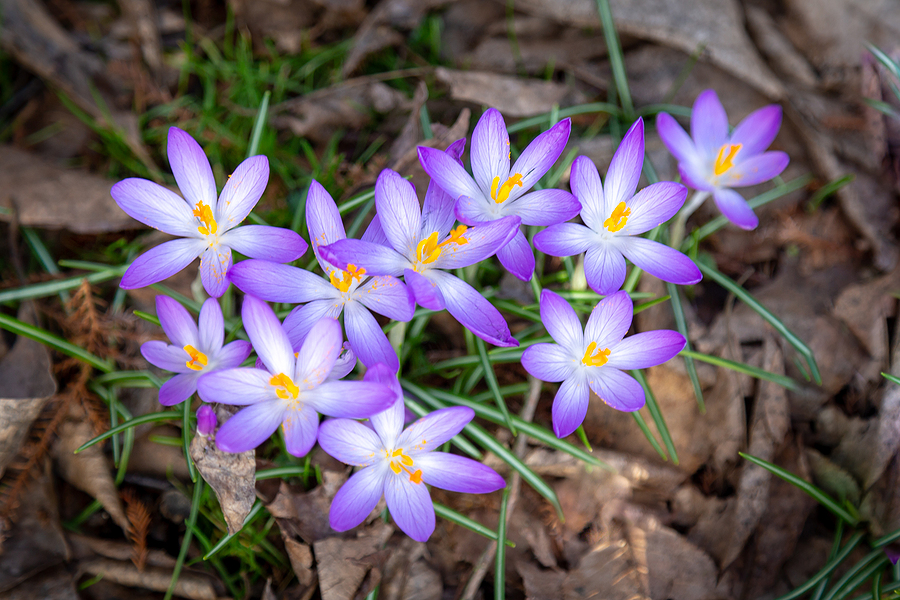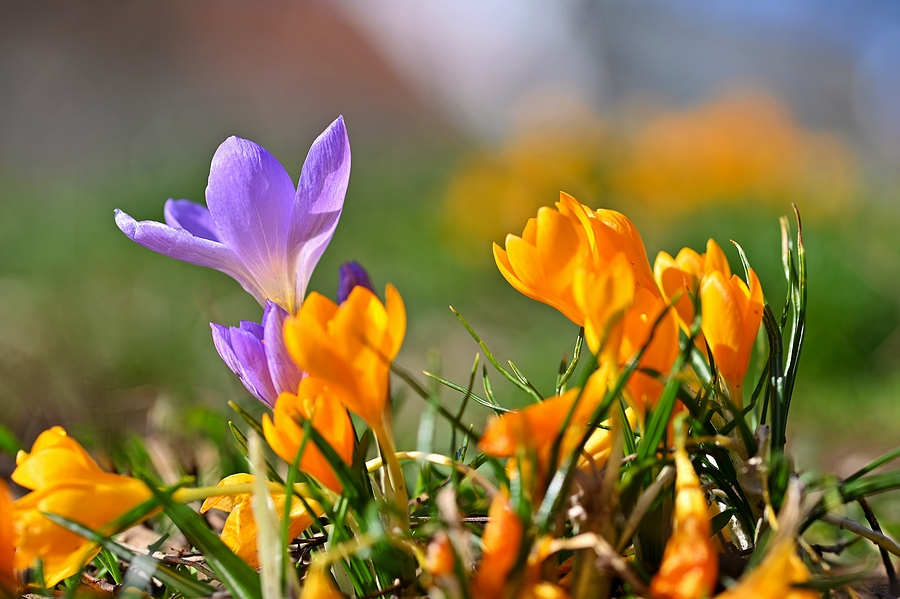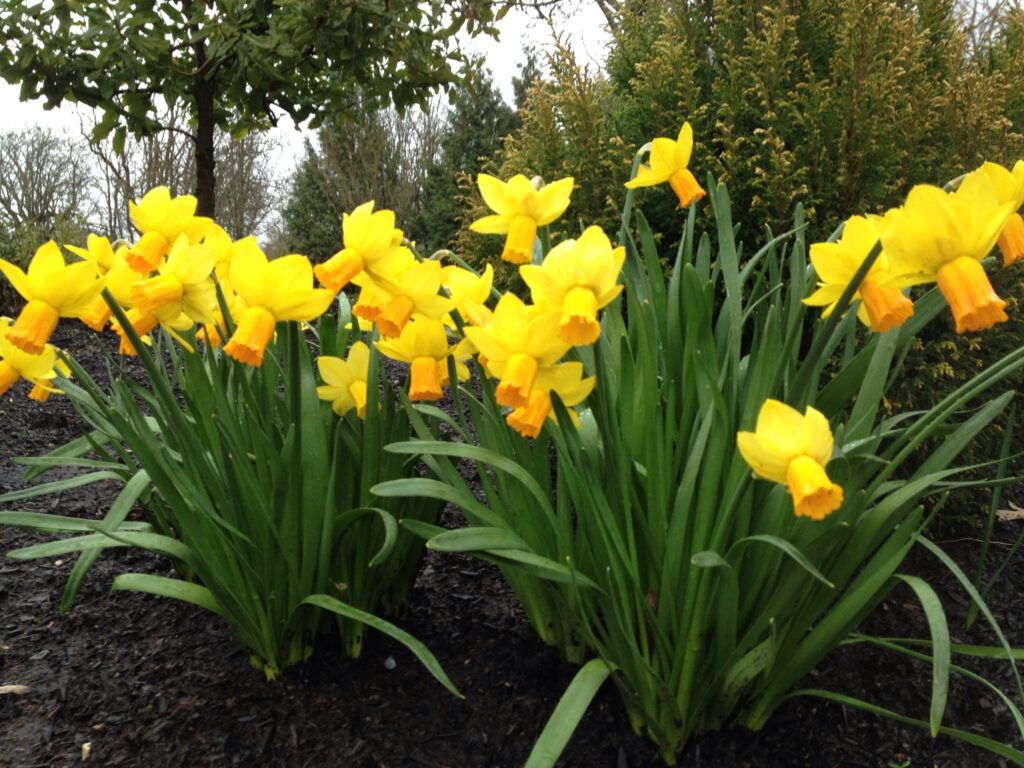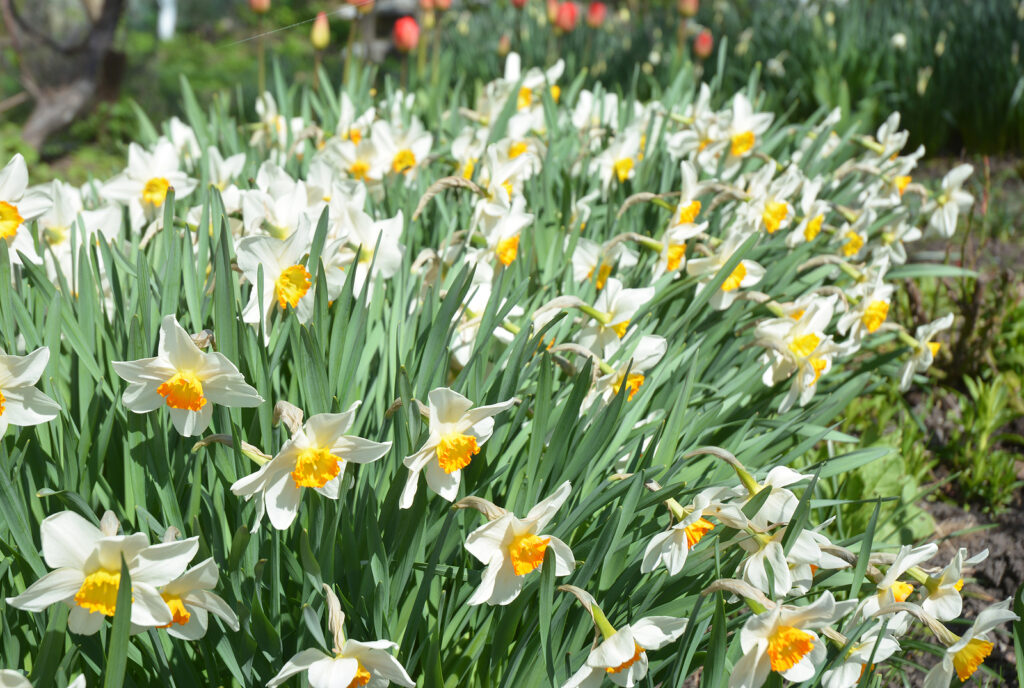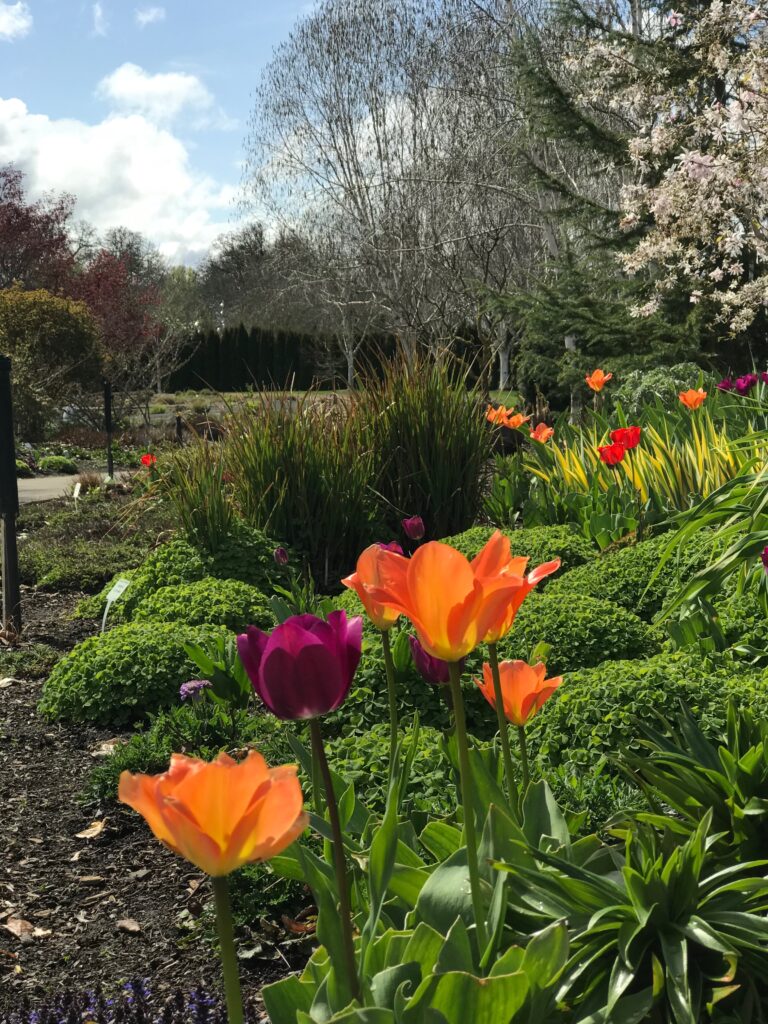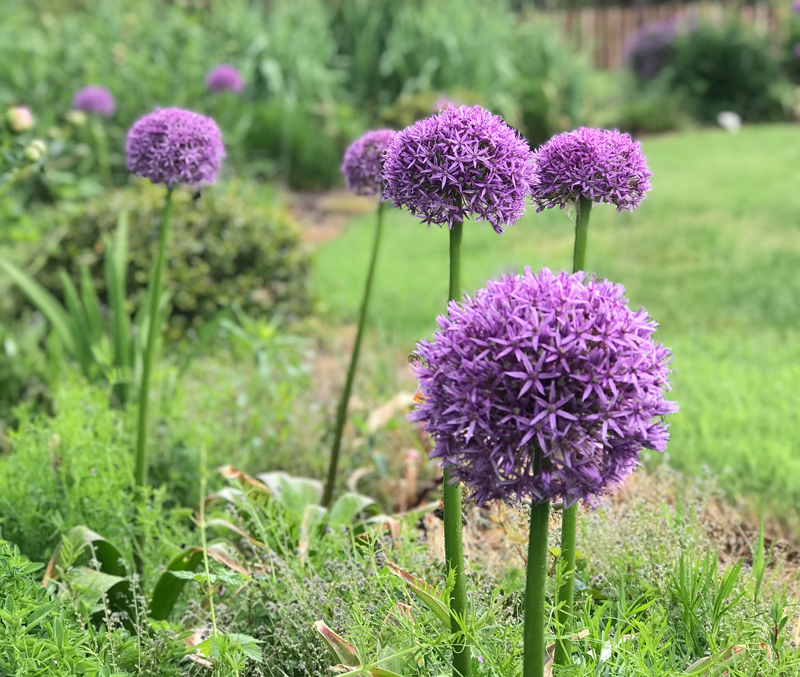These fall bulb planting tips will pay off beautifully in the spring.
“When the future seems either very bleak, or people are too depressed to imagine one, gardening gives you a toehold in the future”, Sue Stuart-Smith, author, The Well-Gardened Mind
One of the bright spots of this year has been the resurgence of interest in gardening that has coincided with the pandemic. Our homes have changed from a place to “go home” and relax, to a place we infrequently leave. Home is now synonymous with work and school.
Gardening has offered an escape from the day-to-day stresses of modern life for a long time, but this is especially evident in times of uncertainty. There is something about putting your hands in the dirt that calms you mind and give your body an escape from the heavy tasks of your day.
Bulbs are already filling the shelves at local nurseries. It’s best to shop early for the best selection. In the Willamette Valley a rough guideline on planting time is after the first frost but before Thanksgiving.
Bulbs offer the opposite of instant gratification, but they are simple to plant. With these guidelines you can ensure your bulbs perform best and bring you an effortless display to look forward to.
Sun exposure
Bulbs (and all flowering plants) perform best when planted with the correct sun exposure. Tulips, alliums, and hyacinths desire full sun, which means at least 6 hours of direct light. If they are not planted in enough sun, they may come up with thin blades, stunted blooms or no blooms at all.
Fall and spring offer slightly different angles of the sun, so as a general rule, plant on the south or west side of your structures for best results. Crocuses, small flowering fritillaria, and daffodils (Narcissus) are more tolerant of part shade and shade.
Naturalizing success
While some bulbs naturalize (multiply and return in larger quantity) year to year, tulips really struggle here in Oregon. The Pacific Northwest’s combination of wet winter soils, squirrels and deer all contribute to tulips diminishing each year. If you want to create more permanent plantings, use daffodils and crocuses, which reliably return each spring.
To create a stunning bulb display, it’s recommended to rotate your bulb beds to different locations within your landscape each year. Bulbs are susceptible to rot and fungal diseases. For best results, rotate your plantings year to year and check the drainage of potential locations prior to planting.
Make sure you avoid soggy soil. Plant bulbs in loose, well-drained soil, and add sand if needed, this will aide your success if you hope to enjoy tulips for more than one year. In Holland, the world’s tulip capital, bulbs are planted in sand to prevent rotting over the winter.
Get the greatest blooms
Tulips are especially heavy feeders. They will benefit from being planted with an all-purpose fertilizer and bone meal. Mix bone meal into your soil when you plant in fall and again as foliage emerges in the spring. Repeat as the blooms develop. Regular fertilizing encourages flower development and helps your flowers reach their maximum size.
Bulbs look their best in a mass planting. For maximum effect, plant 10-12 bulbs per square foot. This also saves you time and energy versus planting each bulb individually.
Dig a large area 6–8 inches deep and 1–2 feet wide and fill it with bulbs planted about 1-2 inches of space between them. This also makes fertilizer application easier than planting bulbs individually. You can relax and forget about them all winter under you begin to see the foliage emerge, typically in March.
Bulbs are a really fun way for both new and avid gardeners to be creative. They offer a temporary way to add spring color in your garden and experiment with new combinations. The variety of colors can suit everyone’s preferences.
By planting multiple types of bulbs you can extend the bloom period from March through May. Check out your local independent garden center to source some for your own garden.
